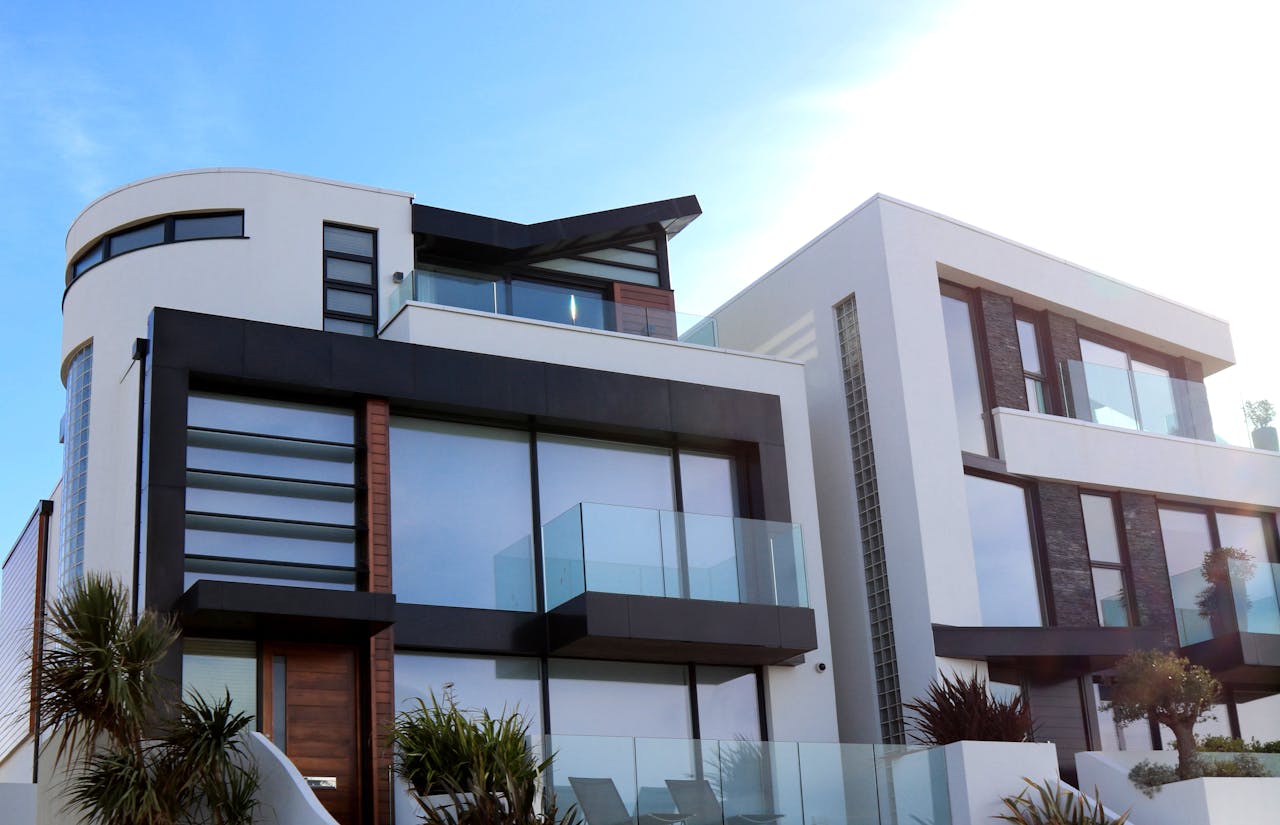Make informed decision
Finding the right place is only half the story. The other half is understanding the full cost of buying so you can move forward without surprises. Think of your budget in three parts: the money you need up front, the amount you borrow, and the costs you’ll carry each month once you’re in the home. When we lay it out this way, the process feels practical rather than overwhelming.
Up-front costs start with the deposit you give when your offer is accepted, which becomes part of your down payment on closing. You’ll also plan for a home inspection where appropriate, an appraisal if your lender orders one, legal fees for your lawyer or notary, title insurance, and the land transfer tax where applicable. In Ontario, for example, buyers pay a provincial land transfer tax and Toronto adds a municipal one as well, while first-time buyers may receive a rebate. Your lawyer will also adjust for items the seller has prepaid, such as property taxes or condo fees, so you reimburse them for your share from the closing date onward. None of these costs are glamorous, but they keep your ownership clean and secure.
Your mortgage choices shape the middle of the budget. The size of your down payment affects everything: your monthly payment, the amount of interest you’ll pay over time, and whether default insurance applies. In Canada, purchases with less than twenty percent down typically require mortgage default insurance, which protects the lender and is added to your mortgage amount. Amortization length and interest rate finish the picture. A slightly higher rate or a shorter amortization can change affordability more than people expect, so we’ll run a few scenarios together before you begin shopping in earnest.
Monthly ownership costs are where new buyers often underestimate. Beyond your mortgage payment, you’ll plan for property taxes, home insurance, utilities, and—if you’re buying a condominium—monthly maintenance fees. Even for freehold houses, it’s smart to set aside a maintenance reserve. Roofs, furnaces, and appliances have lifespans; a small monthly reserve prevents stress when something needs attention. If you’re comparing homes, look at the true monthly picture, not only the purchase price. A less expensive freehold with high utility bills and looming repairs can cost more in real terms than a slightly pricier home with efficient systems.
To make this tangible, imagine three common paths. A first-time buyer chooses a well-run condo with steady fees and upgrades already completed; the up-front cash is manageable and monthly costs are predictable. A growing family buys a townhouse with modest condo-style fees that cover snow removal and exterior maintenance, trading a slightly higher monthly cost for fewer weekend chores. A move-up buyer chooses a detached home and sets a healthy maintenance reserve because they prefer control over the property. None of these choices is “right” in the abstract; the right one fits your timeline, your risk comfort, and how you live day to day.
The final piece is a buffer. Even with careful planning, closings involve moving costs, a few last-minute items on the lawyer’s statement, and at least one unexpected purchase in the first month. Keeping a one to two percent cushion makes the transition calm. My role is to help you build the numbers with real local figures, connect you with a lender who explains your options in plain language, and make sure you’re comfortable before we ever talk about offers. When you understand the full cost clearly, you can focus on choosing the home that truly suits you.


